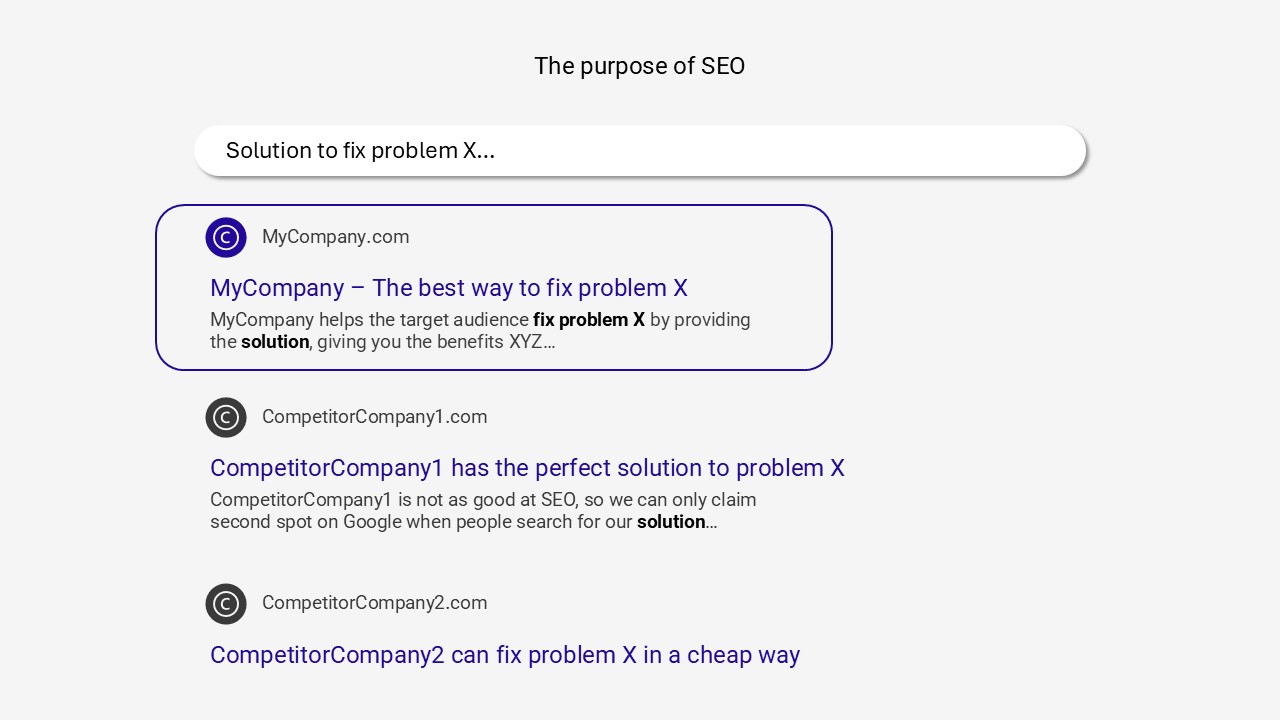How do you market a software application? Today, we will answer that question by sharing three steps on how to launch a software product, going from (1) the market research phase to (2) testing an MVP, to (3) selling it at a larger scale. These three steps are quite common for software startups to begin with, but they are, contrary to what some other creators are saying, not that easy to get right.
We have made the following YouTube video on this topic that you can check out:
3 Steps on How to Market a Software Application
Step 1 – Market Research
To cover the main points, allow me to tell you a short story about an innovative software developer wanting to sell their software product. Our story begins with a brief prototype of a software product. The first question to ask yourself is; will anyone buy it? In marketing terms, you will have to research your market and audience. Let’s say that the product is a code cleaner that checks for errors and suggests code improvements. The audience to target will most likely be software developers who write a lot of code each day and want to ensure top quality.
One important question to research is “How can I reach out and find my target audience?” That question is important for the step after market research. Here are some other questions to research:
“What does my target audience look like?” “What problem does my target audience need to solve?” “How do they solve that problem today”. You can use many tools and analyses for this step, but we will cover more of those in future blog posts.
Step 2 – MVP Feedback Collection
Once you know a bit more about the target audience and market, the next step is to try to sell an MVP, a Minimum Viable Product, to a couple of early users. What is a Minimum Viable Product? Well, it is the simplest version of your product that has just enough features to satisfy early users. The main goal with an MVP is to evaluate how well your product fits the needs of your customers, which we sometimes call the product-market fit.
Remember how I told you to research where your target audience can be found? Well, now you know why because this step includes reaching out to them and getting their feedback. Going back to our example, early users might want you to color-code the code suggestions according to different categories. When you implement such a feature, your product-market fit will improve, because your product is more in line with what the market wants.
Step 3 – Getting Customers to the Software Application
The last broad step that we want to mention is how to get more customers after you have enhanced the product. For software businesses, getting more customers usually means getting more website visitors. Traffic to a website can come from paid channels such as Google Ads, and organic channels, such as your company’s blog or social media pages. Paid channels can be set up with Google Ads, but let’s not focus too much on that today.
Content creation is a great way to grow the organic channel where you educate people about what your product is and who it’s for using videos, blog posts, and social media posts. Levering SEO, or Search Engine Optimization, can work very well to grow the organic channel faster than just making content without having a clear plan. Working with SEO essentially means that you try to appear in top positions in Google’s search results when future customers search for the solution you are offering.

In our example, “Code cleaner” seems to be a relevant keyword to make content for. You can, for example, write a blog about the importance of keeping a code clean to improve your SEO score and rank higher on Google. With a clear SEO and content strategy in combination with Google Ads, you are well on your way to success. With these 3 steps, we hope you have learned something about how to market a software application.
The Moral of the Story When Marketing Software Applications
To conclude this story, we want to quickly bring you back to reality. As we mentioned in the beginning, there are a lot more aspects to think about after you get your first couple of customers, and there is even more to learn about the three steps we have mentioned today!
For example, when I launched my first startup, I completely ignored the MVP step and launched a working prototype immediately. As a result, I had no clue what I needed to fix when no one was buying the product, and we even gave it away for free! Simply reaching out to our target audience and getting a couple of them to try it out and give feedback would have helped greatly, but there were also major flaws in the distribution of the product. Either way, I am happy that I tried, because trying and failing is always more illuminating than not trying at all.
Thank you for reading, Stay Humble!